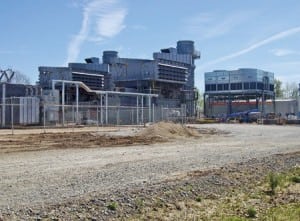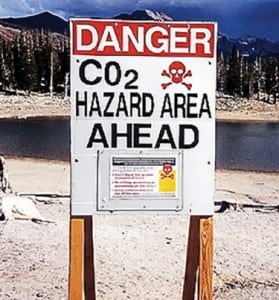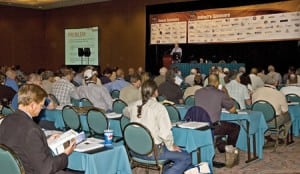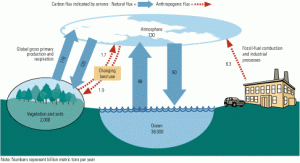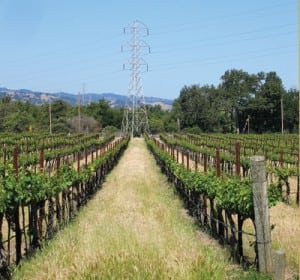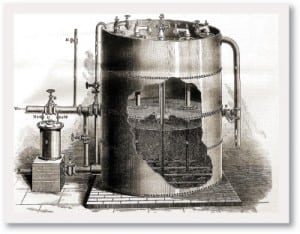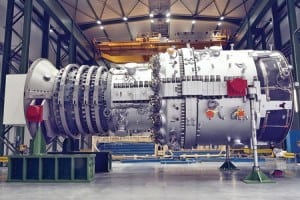-
Business
How to make VARs—and a buck
Last month, POWER weighed the pros and cons of the various grid interconnection options available to distributed generation plants. This month we explore the technology choices for generating reactive power, or volt-amperes reactive (VARs), which utilities are willing to pay for as an ancillary service.
-
Coal
Global warming, rising costs complicate capacity additions
If little else is clear about the future of the U.S. power industry, this much is: Electricity rates are going up across the country, and will continue to. None of the esteemed panelists at the CEO session of the ELECTRIC POWER 2007 Conference & Exhibition in Chicago last month actually said those words. But much […]
-
Coal
PRB Coal Users’ Group grapples with supply chain challenges
Consumption of Powder River Basin coal continues to grow, from 28 million tons annually in the mid-1970s to what is now 400 million tons per year. Existing plants as far east as Nova Scotia burn the low-sulfur coal to comply with increasingly stringent limits on SO2 emissions, and PRB coal has become the fuel of […]
-
Nuclear
Flies in the nuclear power ointment: Supply chain complexity, shortage of skilled labor
Perhaps the most interesting aspect of the nuclear track at the ELECTRIC POWER 2007 Conference & Exhibition (EP07) in Chicago last month was the attendance. For the most part, its sessions were jammed, leading session chairmen to mention how different this was from prior years. Clearly, nuclear has buzz. The environment looks promising: The regulators […]
-
Coal
Climate change concerns drive projects to curb CO2
In a carbon-constrained world, CO2 capture and storage (CCS), although considered the most radical of the carbon abatement technologies (CATs), seems to be favored over combustion and steam cycle improvements alone. However, CCS is the least commercially developed of the CAT options; at present, there are only field prototypes for its various forms. Nonetheless, most […]
-
Smart Grid
Smart grid still just a "vision thing"
T&D systems with embedded intelligence have a great future, and they always will. Too many powerful forces—politics, money, and power—remain to be reconciled before consumers and utilities can work together, seamlessly, to reduce electricity demand and eliminate delivery system bottlenecks.
-
News
Retrospective
June 1886 POWER reported on the art and science of water treatment and its effect on boiler performance in the cover story this month. "Dr. J.G. Rogers, an authority on steam generation, is quoted as stating that one-sixteenth of an inch of scale in a boiler will require the extra consumption of 15% more fuel; […]
-
New math
James Thurber once said that it is "easier to ask some of the questions than to come up with all the answers." As a magazine editor, I get to ask lots of questions and make plenty of suggestions. Not everyone likes my suggestions, but I trust the readers of POWER to make their own studied […]
-
Commentary
The electricity challenge of the 21st century
When tackling a problem, engineers bring both skepticism and optimism to the task. As the nation’s electric power engineers look to fill America’s looming capacity gap, they will need to apply healthy doses of both. The U.S. Department of Energy’s Energy Information Administration (EIA) projects a 50% increase in electricity demand over the next 25 […]
-
Coal
Global Monitor (June 2007)
Siemens, E.ON to test world’s largest GTG / Midwest to add 76-MW peaker in Kansas / Tapping the sun near Phoenix / Georgia Tech developing 3-D PV nanocells / Wind farms with hydrogen backup? / BNSF , union come to terms / IPL to buy 200-MW wind project / India to improve environmental monitoring / POWER digest
Search


